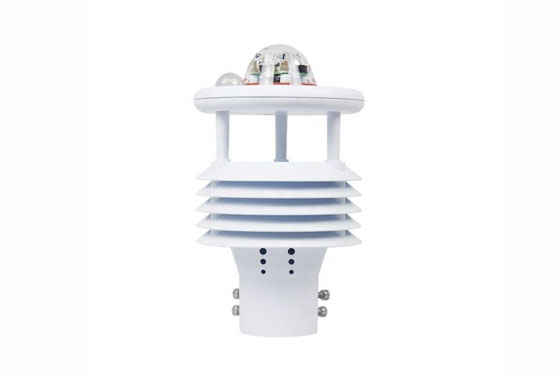TEL:
13430627966

Meteorological Instrument Superhydrophobic Coating Application Examples Traditional meteorological instruments are exposed to various climatic conditions outdoors for a long time, and water droplets tend to collect on their surfaces.
Meteorological Instrument Superhydrophobic Coating Application Examples

Original Solution
Traditional meteorological instruments are exposed to various climatic conditions outdoors for a long time, and water droplets tend to collect on their surfaces. These water droplets may not only cause corrosion on the surface of the equipment, but also affect the accuracy and signal transmission of the instruments, especially when measuring meteorological parameters such as precipitation and humidity.
The accumulation of water droplets can lead to signal attenuation, scattering or reflection, thus affecting the accuracy of the data.
Pain Points
Signal Interference: Water droplets collected on the surface can affect the signal transmission of weather instruments, resulting in inaccurate data readings.
Maintenance Costs: Frequent cleaning of water droplets on the surface of the equipment is required, increasing maintenance costs and labor
Equipment life: long-term moisture exposure may accelerate the corrosion of the equipment surface, shortening the life of the equipment
Improvement Options
Meteorological instruments applying superhydrophobic coatings
Applying an advanced superhydrophobic coating to the external surface of weather instruments can effectively solve the problem of water droplet collection By creating a surface that repels water, the coating prevents water droplets from staying on the instrument surface and rolls off immediately.
Benefits and Purpose
Reduced Signal Interference: Since water droplets no longer collect on the surface of the instrument, water-induced signal interference is significantly reduced, improving data accuracy and reliability.
Reduced Maintenance Requirements: Superhydrophobic surfaces reduce the frequency of cleaning, thereby reducing maintenance costs and labor requirements
Extend equipment life: Reducing the impact of water on equipment effectively prevents corrosion and other water-related damage, extending the life of the equipment
Improved weather monitoring performance: Keeping weather instrument surfaces dry ensures the accuracy of weather data and instrument stability, especially in extreme weather conditions